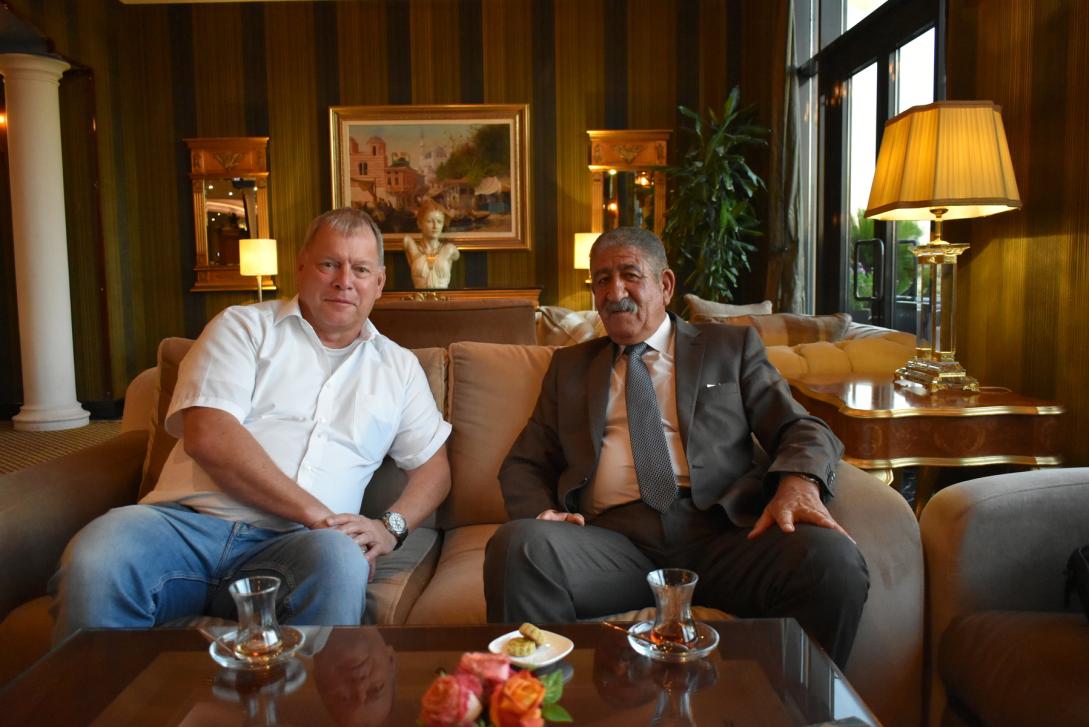Iraq's religious minorities fear to return home

Head of Mission Dr. Markus Ritter met with the leaders of Kakai and Shabak minorities during his field trip to Kurdistan region of Iraq.
Shabak is an ethnic and linguistic minority living in the villages close to Mosul. The population of Shabak minority is believed to be around 350 000. They consider themselves as a distinct ethnic group with their own language called Shabaki similar to Kurdish.
Most of the Shabaks were forced to flee their homes during Isis invasion in 2014. They had to seek refuge in the Kurdistan region of Iraq. In 2017 Shabaks started to return to their hometowns in Nineveh province but due to unstable security situation, water and electricity shortages, many decided to return back to Kurdistan.
- I have received seven written threats only because I belong to a minority, Hussein Bajilani, representative of Shabak minority says.
The representative of Khakai minority Dr. Ismail is a professor of biology at the Erbil university. He is originally from Mosul and has a house in the city but is reluctant to return home due to poor security situation.
Kakai is considered as the oldest religion in the world. Kakai follow the religion of Yarsanism, founded in the late 14th century in Iran. Isis fighters executed and kidnapped several members of Kakai community in 2014. It is believed that at least 100 000 Kakais live in various parts of Iraq, most of them as displaced in Kurdistan.
EUAM Iraq is meeting with ethnic and religious minorities on a regular basis as part of the Mission’s civil society strategy.

